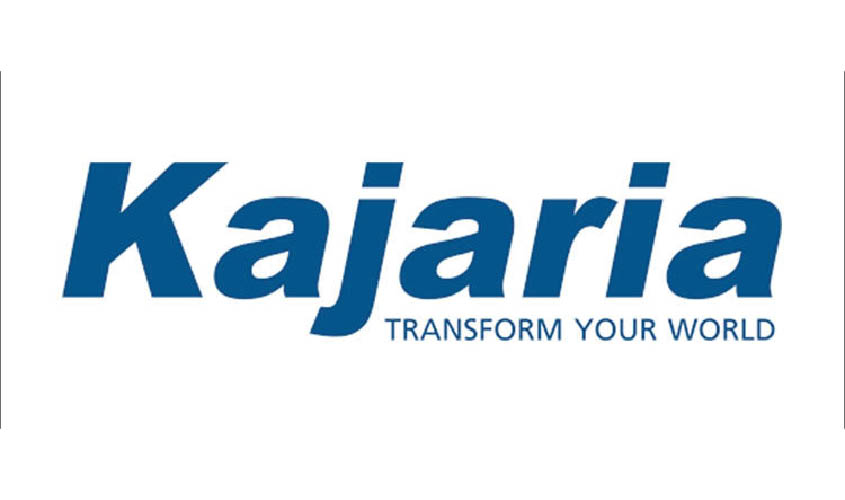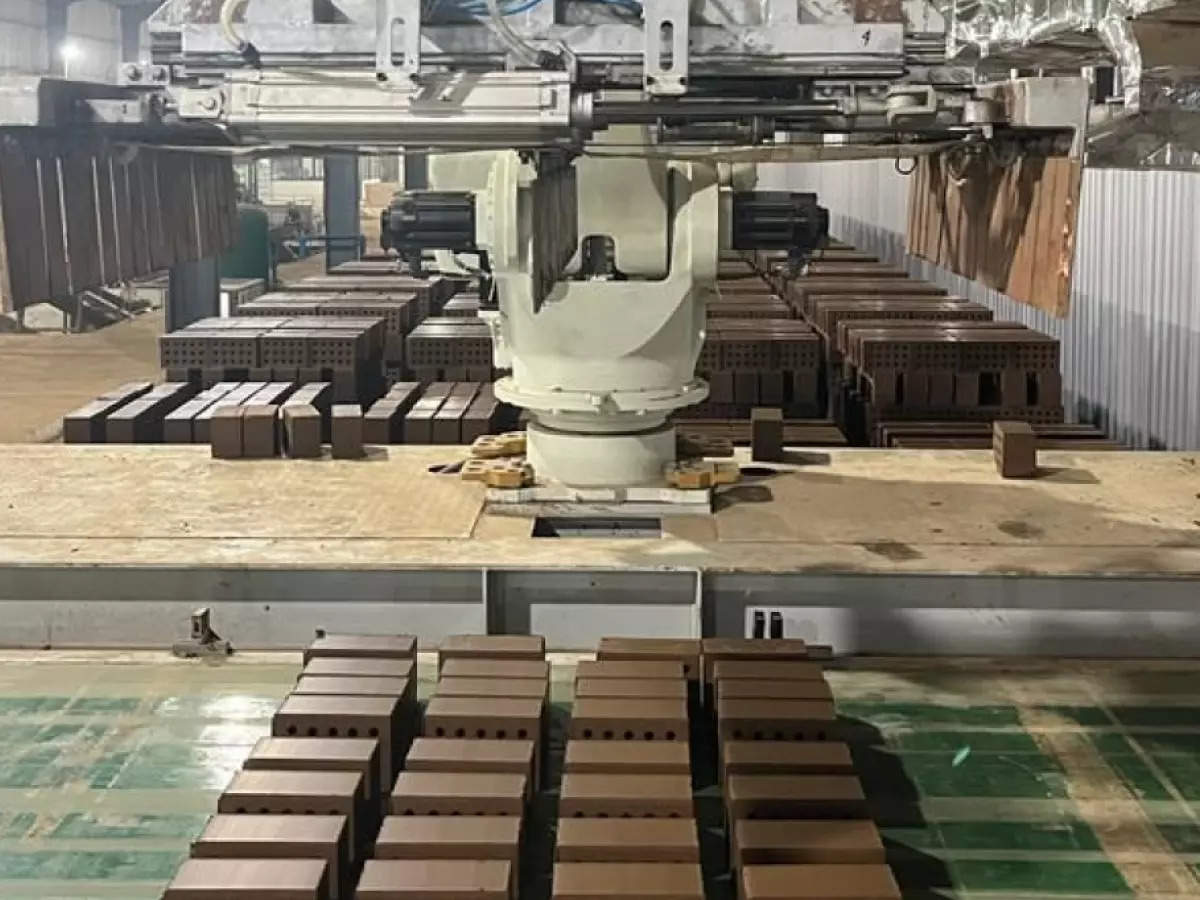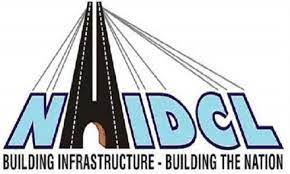E - PAPER
Large Steel Companies to Dominate Market: ICRA
Large integrated steel players are likely to see their market dominance increase this year, with both prices and volumes picking up since September and expected to hold stable till the March quarter. This would make them stand apart in a manufacturing sector that has
 BY
Realty Plus
BY
Realty Plus
Published - Wednesday, 23 Dec, 2020

Large integrated steel players are likely to see their market dominance increase this year, with both prices and volumes picking up since September and expected to hold stable till the March quarter. This would make them stand apart in a manufacturing sector that has been battered by covid-19.
With a proof of a more broad-based pickup in economic activity with every passing quarter, we believe that the recovery in domestic steel demand will sustain in the near term at least, said Jayanta Roy, senior vice-president and group head, corporate sector ratings, ICRA.
The credit ratings agency revised its FY21 steel demand forecast to a contraction of around 12%, significantly better than its initial forecast of 23% in April. The revival in demand has been surprising, and the steel industry’s ability to claw back to the pre-covid levels of demand within six months of the pandemic has been remarkable.
The share of the top six domestic steel producers in total crude steel production rose to 65% in recent months, compared to a historical average of 55%. Their capacity utilization was 85%, against a long-term industry average of 78%. Smaller secondary steel producers are operating at capacity utilization rates of about 65%, indicating the rising dominance of large steel players.
For integrated players, the recent performance is a far cry from April, when they were reeling under the side-effects of a national lockdown. Blast furnaces, large reactors used for smelting iron ore and coking coal into liquid steel at temperatures ranging from 900? Celsius to 1300? Celsius, were either shut or kept running without any actual production of liquid. By May, with domestic demand for steel continuing to be negligible, Indian mills started producing solely for low-margin exports, to keep the furnaces operational.
By August and September, however, the sector saw an unexpected reversal in fortunes, with a surge in demand from the auto and white goods sectors and moderate activity in government infrastructure projects. This demand persisted into October and November and this combined with a shortage of global supply in steel have helped large players repeatedly hike prices.
The shortage in steel supply globally is driving the rise in domestic prices, Seshagiri Rao M.V.S., joint managing director and group chief financial officer, JSW Steel, told Mint in an interview last week. The demand recovery in the second half of the year has been reasonably okay from user industries. However, for the secondary players, the recovery has been slow because of higher iron ore prices.
RELATED STORY VIEW MORE
NEWS LETTER
Subscribe for our news letter
E - PAPER
-

CURRENT MONTH 
LAST MONTH















